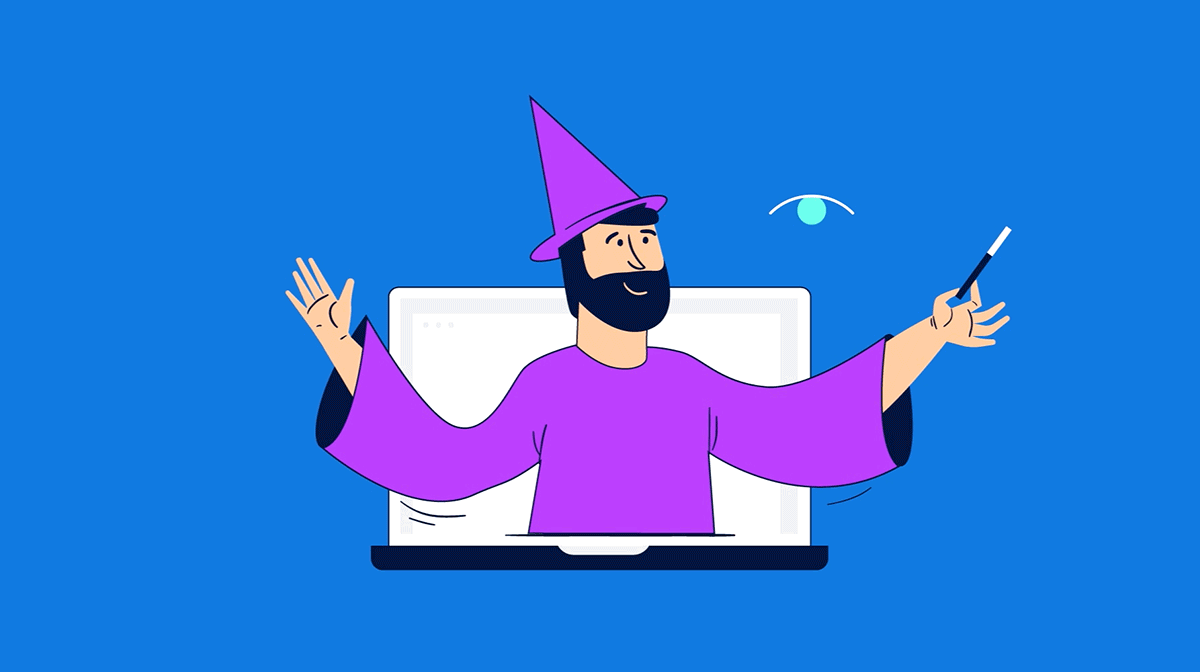Introduction
Animation and cartoons have long been cherished forms of entertainment, captivating audiences of all ages with their colorful characters and imaginative worlds. However, the world of animation has not always reflected the diversity and inclusivity present in our society. This article explores the concept of representation in animation and cartoons, delving into the importance of diverse characters and stories that resonate with a wide audience.
The Evolution of Animation Representation
The journey of representation in video animation company has seen significant evolution over the years. From the early days of simplistic characters to the modern era of 3D animation, the industry has gradually embraced the need for diverse representation. This section will provide a historical overview of how animation has transformed in terms of character representation.
Impact of Representation on Audience Engagement
Representation in animation goes beyond mere aesthetics; it deeply influences how audiences connect with the stories being told. This section discusses the profound impact of diverse representation on audience engagement, exploring how seeing relatable characters enhances the viewing experience for different demographic groups.
Breaking Stereotypes in Animated Characters
One of the challenges in representation has been the perpetuation of stereotypes through animated characters. This heading examines the importance of breaking stereotypes and creating characters that defy traditional norms, promoting a more inclusive and nuanced portrayal of various identities.
The Role of Cultural Sensitivity in Animation
As animation transcends cultural boundaries, it becomes crucial to address the significance of cultural sensitivity. This section explores how animation studios can navigate cultural representation responsibly, avoiding stereotypes and embracing authenticity to create a global appeal.
Gender Equality in Animated Worlds
The realm of animation has often been criticized for reinforcing gender stereotypes. This heading focuses on the strides being made towards achieving gender equality in animated content, showcasing strong, multidimensional female characters and challenging traditional gender roles.
LGBTQ+ Representation in Animated Storytelling
The LGBTQ+ community has been historically underrepresented in animation. This section explores recent efforts to rectify this by introducing diverse LGBTQ+ characters and storylines, emphasizing the importance of creating narratives that reflect the full spectrum of human experiences.
Inclusivity in Disability Representation
Animated characters with disabilities are gradually gaining visibility, contributing to a more inclusive narrative. This part of the article discusses the significance of portraying characters with disabilities in a respectful and empowering manner, contributing to a more inclusive representation of diverse abilities.
Representation in Animated Families
Families depicted in animation have traditionally adhered to a conventional structure. This section examines the changing landscape of animated families, exploring the inclusion of diverse family structures, ethnicities, and backgrounds to better mirror the realities of modern society.
Challenges in Achieving Representation
Despite the progress made, the animation industry still faces challenges in achieving full representation. This heading delves into the obstacles that creators and studios encounter, including industry norms, market considerations, and the ongoing efforts needed to overcome these hurdles.
Future Trends and Possibilities
Looking ahead, this section discusses the potential future trends in representation within the animation industry. From increased diversity in storytelling to the rise of new platforms fostering unique voices, the article concludes by exploring the exciting possibilities that lie ahead for the world of animated representation.
Intersectionality in Animated Characters
Intersectionality addresses the complexity of identities by considering how various social categories intersect. This section explores the significance of portraying characters with multiple identities (e.g., race, gender, sexuality) to create more nuanced and authentic representations.
Cultural Diversity in World-building
Beyond individual characters, the creation of diverse and richly detailed animated worlds is pivotal. This heading delves into the importance of cultural diversity in world-building, showcasing how varied settings and backgrounds enhance storytelling and appeal to diverse audiences.
Aging and Representation in Animation
Animation often targets younger audiences, but representation of older characters is equally crucial. This section discusses the inclusion of elderly characters, exploring their stories, wisdom, and the positive impact they bring to animated narratives.
Neurodiversity in Animated Characters
Addressing neurodiversity in animated characters contributes to a more inclusive portrayal of different cognitive abilities. This section highlights the importance of representing characters with conditions like autism, ADHD, and other neurodiverse traits in a respectful and accurate manner.
Inclusive Voice Casting and Authentic Representation
The voice behind a character is as vital as its visual representation. This heading explores the importance of inclusive voice casting, ensuring that characters are voiced authentically by actors who reflect the diversity of the characters they portray.
Environmental and Animal Representation
Animated content often features non-human characters and environmental themes. This section delves into the significance of portraying animals and the environment with respect, advocating for their representation in a way that promotes awareness and appreciation.
Global Perspectives and International Representation
Animation is a universal language, and embracing global perspectives is crucial. This part discusses the importance of representing diverse cultures and international collaborations in animated content, fostering a greater understanding and appreciation of different cultures.
Educational Impact of Diverse Representation
Diverse representation in animation holds educational value. This section explores how exposing audiences, especially children, to diverse characters and stories fosters empathy, understanding, and a broader worldview.
Fan Engagement and Representation Advocacy
Fans often play a significant role in advocating for better representation. This heading explores how fan engagement influences creators and studios, driving them to create more diverse content and respond to audience demands for authentic representation.
Industry Responsibility and Continued Progress
Finally, this section emphasizes the ongoing responsibility of the animation industry in fostering representation. It discusses the need for continued progress, policies, and initiatives aimed at ensuring diverse representation remains a priority.
Conclusion
In conclusion, representation in the world of animation and cartoons is a dynamic and evolving journey. By acknowledging the importance of diverse characters and narratives, the animation industry has the power to create content that not only entertains but also resonates with audiences from all walks of life. As we continue to witness positive strides in representation, the hope is that animated worlds will increasingly reflect the rich tapestry of human experiences.



